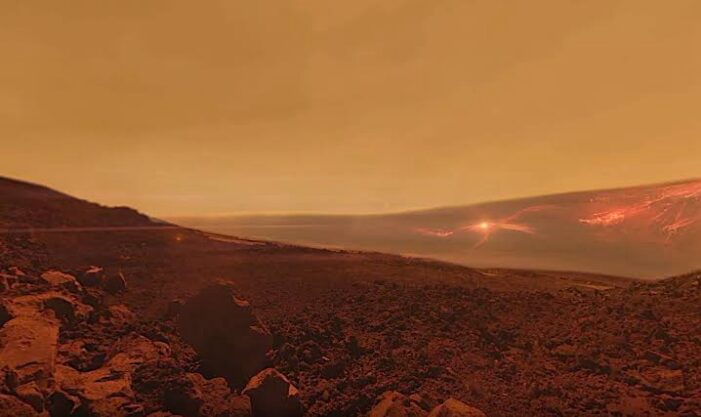NASA and ESA announce new missions to explore Venus
NASA and the European Space Agency (ESA) have announced two new missions to explore Venus, the second planet from the sun. The missions, named DAVINCI+ and VERITAS, will study the planet’s atmosphere, geology, and history. They will be the first NASA spacecraft to visit Venus since 1990, when the Magellan orbiter mapped the planet’s surface. ESA will also launch a mission called EnVision, which will orbit Venus and investigate its activity and climate.
Venus is often called Earth’s sister planet, because they are similar in size, mass, and composition. However, Venus has a very different environment, with a thick atmosphere of carbon dioxide and sulfuric acid clouds, a surface temperature of about 470°C, and a crushing air pressure of 92 times that of Earth. Scientists want to understand how Venus became such a hostile world, and whether it ever had a more habitable past.
DAVINCI+ (Deep Atmosphere Venus Investigation of Noble gases, Chemistry, and Imaging Plus) will consist of a spherical probe that will descend through the Venusian atmosphere, taking measurements of its composition, temperature, and pressure. It will also capture the first high-resolution images of a geological feature called Tesserae, which may be similar to Earth’s continents. The probe will help answer questions such as how Venus formed, how it evolved, and whether it ever had an ocean.
VERITAS (Venus Emissivity, Radio Science, InSAR, Topography, and Spectroscopy) will orbit Venus and use radar and infrared sensors to map the planet’s surface and subsurface. It will reveal the topography, geology, and volcanic activity of Venus, and determine how the planet’s crust and interior interact. The mission will also measure the planet’s gravity field, which will provide clues about its internal structure.
EnVision will complement the NASA missions by providing a global perspective of Venus. It will use radar and spectrometers to study the planet’s surface and atmosphere, and a radio science experiment to probe its interior. It will also monitor the planet’s weather and seismic activity, and investigate the possible presence of active volcanoes and plate tectonics.
The three missions are expected to launch in the late 2020s or early 2030s, and will provide new insights into the evolution and habit

